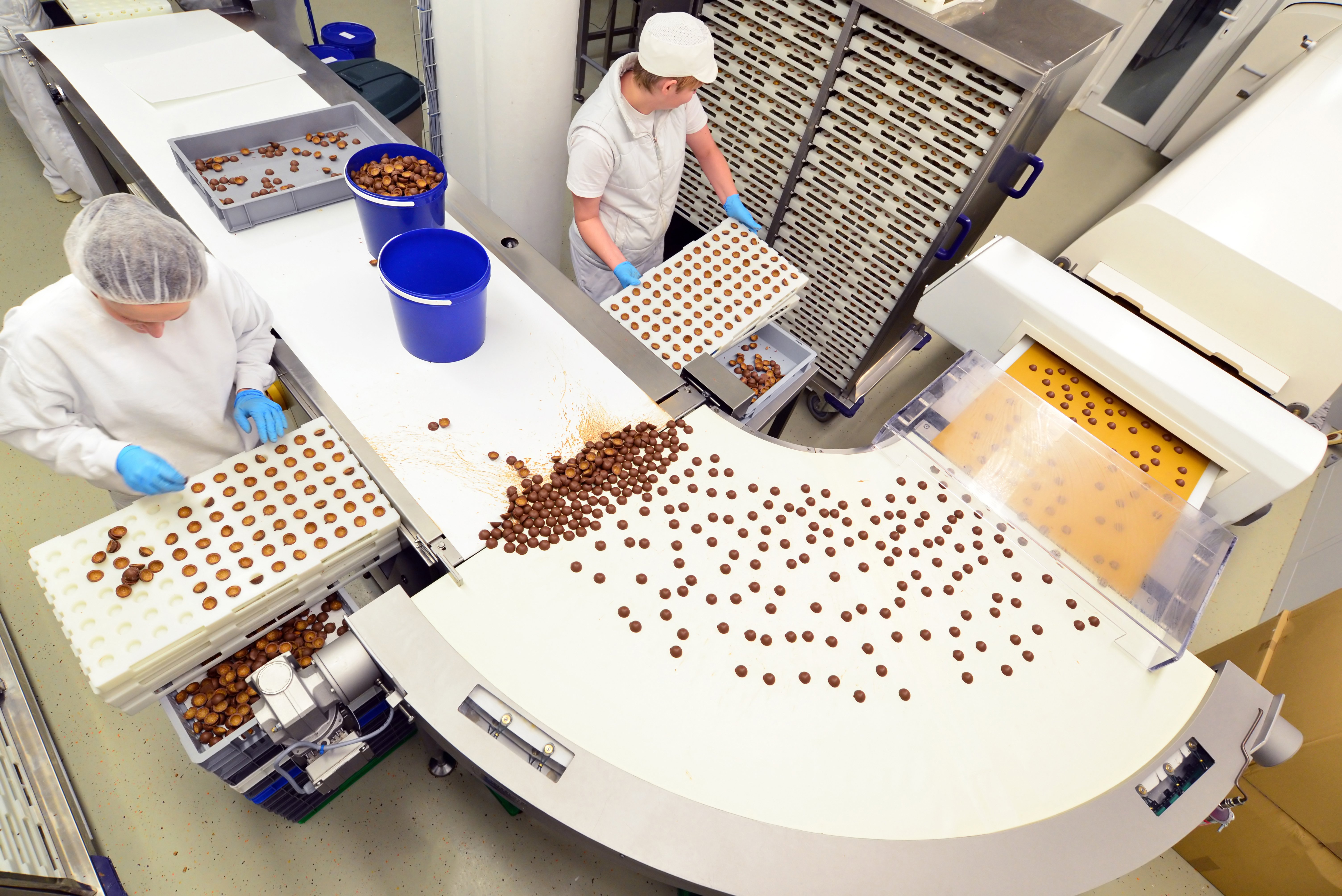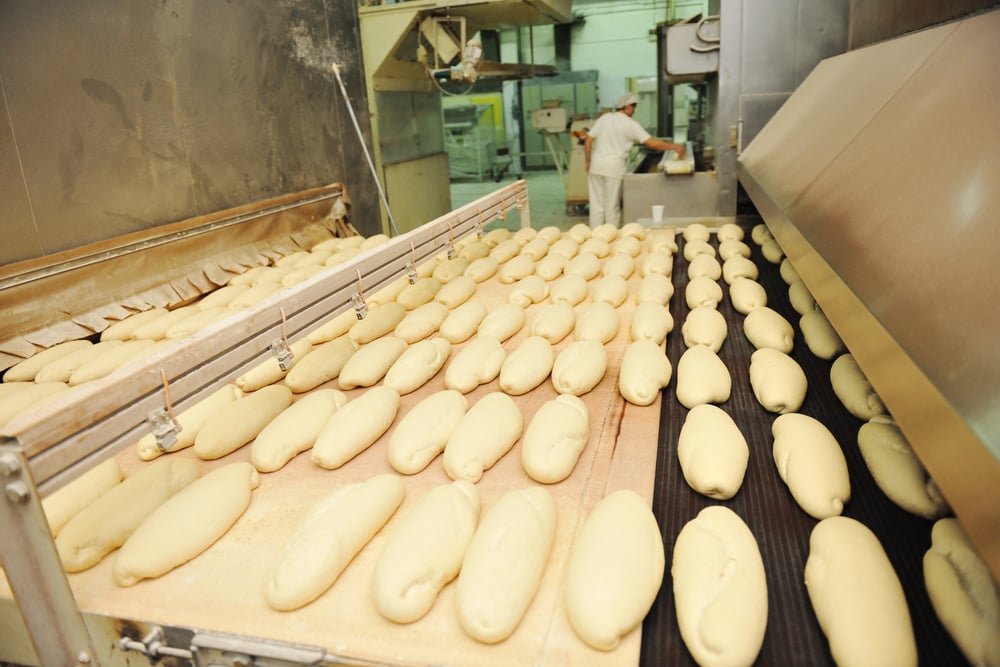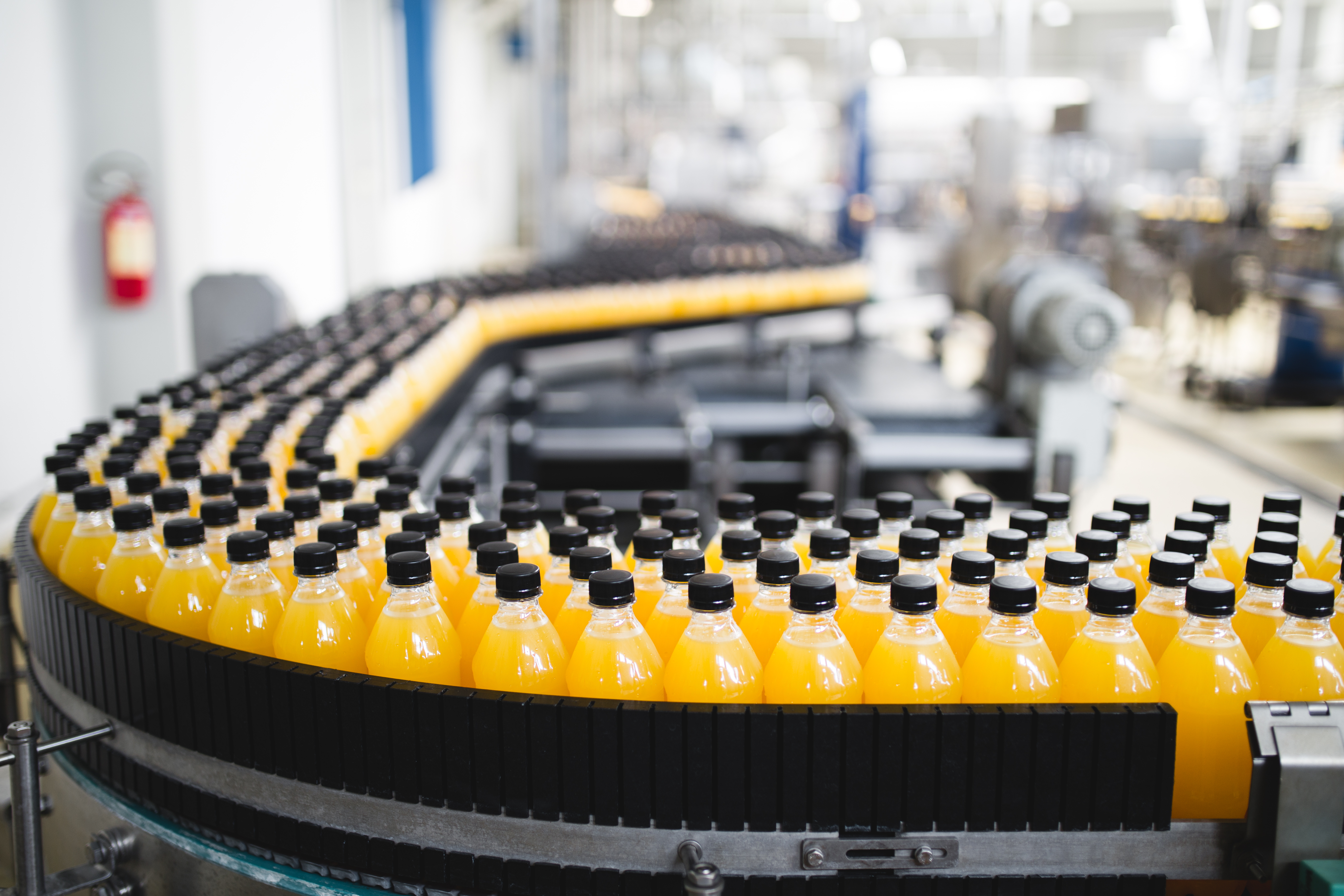Traceability is a powerful tool for businesses in the food and drink industry that handles the manufacturing, production and preparation of food. With an effective traceability system, it’s possible to locate a product at any stage of the food supply chain.
In this blog, we look at the components of traceability and explore the several reasons why traceability plays an essential role in ensuring food safety.
- What does traceability consist of?
- Traceability reduces the chances of illness
- Traceability increases visibility of your food supply chain…
- …and helps you recover faster from recalls
- Traceability boosts food quality and transparency
- Traceability enables transparent marketing
What does traceability consist of?
Traceability is made up of two separate components: tracking and tracing. Tracing creates a history of your product’s journey all along the food supply chain. Tracking history also provides information on your product’s origin and its movements forward, whether it’s a single unit or a batch.
Tracking, on the other hand, is your ability to identify the destination of a certain product. For example, following your product’s path through the food chain from when it was manufactured to the final point of sale/consumption. Tracking can also follow your individual unit or batch.
In essence, tracing looks back at your product’s starting point while tracking looks forward to its finishing point.
Traceability reduces the chances of illness
Food contamination can happen at any stage of the supply chain, from growing, harvesting and manufacturing to packing and shipping. It’s hard to monitor every part of this process without an effective traceability system in place.
Technology that help support food safety include:
- Industry-specific ERP solutions which give you access to real-time data, allowing you to purchase precise amounts of stock based on accurate information regarding demand
- Voice technology that limits the amount of human contact needed in testing situations (particularly useful when many warehouses have strict social distancing measures)
- Artificial technology (AI) that can monitor performance of equipment, check quality of a product and sort raw materials (saving your team time)
You can read more into food safety technology tools by clicking here.
Fast identification of food contaminant is crucial to preventing illnesses from spreading further into the community. For example, cases of salmonella are easier to deal with if medical professionals can promptly determine the source and specific strain of bacteria. With an effective traceability system, this information can be made available to authorities quickly.

Traceability increases visibility of your food supply chain…
An effective traceability system makes it possible to locate a product at any stage of the food supply chain. This can help you reduce the likelihood of contamination in the food supply chain by identifying affected products before they reach consumers.
If unsafe foods manage to slip their way into the system, traceability solutions will allow you to identify and isolate the source quickly, helping you mitigate the consequences.
The features that allow traceability systems to do this effectively include:
- Deep levels of detail – leading traceability systems will capture the entire history of items, Lots and serial numbers in one single interface
- QR codes for tracking – capture data throughout the supply chain (particularly important for fresh pack and produce growers whose products are susceptible to spoilage and contamination)
- Allergen tracking – an effective traceability system will tell you what items your raw materials have come into contact with so you can see what products might include allergens at trace level

…and helps you recover faster from recalls
In 2018, Hormel Foods recalled more than 228,000 pounds of their Spam product due to metal contamination. Thanks to their batch tracking system, they were able to react quickly because their system used specific product codes for different batches. As a result of their prompt action, no customers suffered any major health issues.
Taking swift action like the example above helps restore public confidence in your products and company. Plus, as traceability allows you to pinpoint the exact problem in the food supply chain, you can implement preventative measures to stop a similar situation from happening again.
Traceability boosts food quality and transparency
Today’s consumers want to know where their food comes from so they can make more informed, healthy and sustainable food choices.
Factors that influence customer buying behaviour include:
- Transport miles – is it close to where the consumer lives or in another country?
- Animal welfare – are they certified to the highest standards?
- Climate change – what’s the environmental impact of its journey?
That’s why it’s crucial you’re transparent with your consumers. Tools like food tracking monitor every step of your food and you can share this information with consumers to put their minds at ease.
Tracing your supply chain also helps ensure your products remain consistent in terms of quality. This means regardless of what location your customers visit, you can provide them with the same product (e.g. taste, flavour, texture, etc).
This level of reliability helps strengthen your brand and lets your customers know they can trust your product. Instead of worrying if your product will be a “hit or miss” depending on location, they’ll know what level of quality to expect.

Traceability enables transparent marketing
The “farm-to-fork” movement continues to grow in popularity with consumers. That’s why you need to provide key information of your products during its supply chain journey to keep up with changing consumer trends.
For example, organic cereal and bread producer One Degree Organics lets you scan a package code on their website and see the source of each ingredient in their products. You can even dig deeper into specific ingredients with videos profiling the producer and photos of the farm.
This is one of the best ways to increase customer loyalty and build a reputation of providing quality products that consumers can trust.
How do I build a traceability system that’s fit for purpose?
Traceability plays a crucial role in compliance and ensuring the safety of your customers. It also helps provide key information which you can share with consumers to help them make informed food choices.
But how do you start with building one? And how do you work out which solution to pick?
In our guide to best practices for traceability in the food industry we answer everything you need to know, from the top features of an effective traceability system to the challenges involved.
Download it now by clicking the button below.
.jpg?width=100&name=JHAL%20headshot%20(2).jpg)
